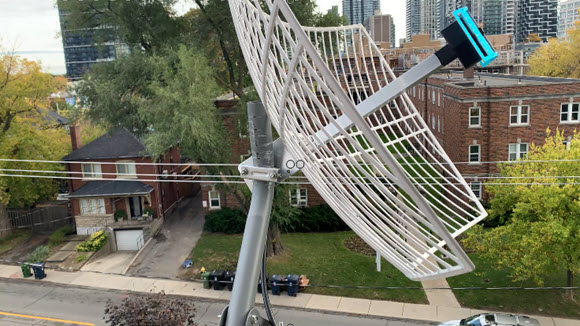Introduction
Last week I revisited receiving GOES16 which I had initially done several years ago (Ref.1/7). GOES16 has now been replaced by GOES19 and is also called GOES EAST (Ref.8). I saved the received signal as a baseband IQ file and later decoded with SatDump. In this video I will synchronously receive/decode the signal with SatDump. The advantage of this method is that I can adjust the dish for minimum Viterbi errors vs. trying to maximize SNR which is imprecise by looking at the display.
Equipment Setup
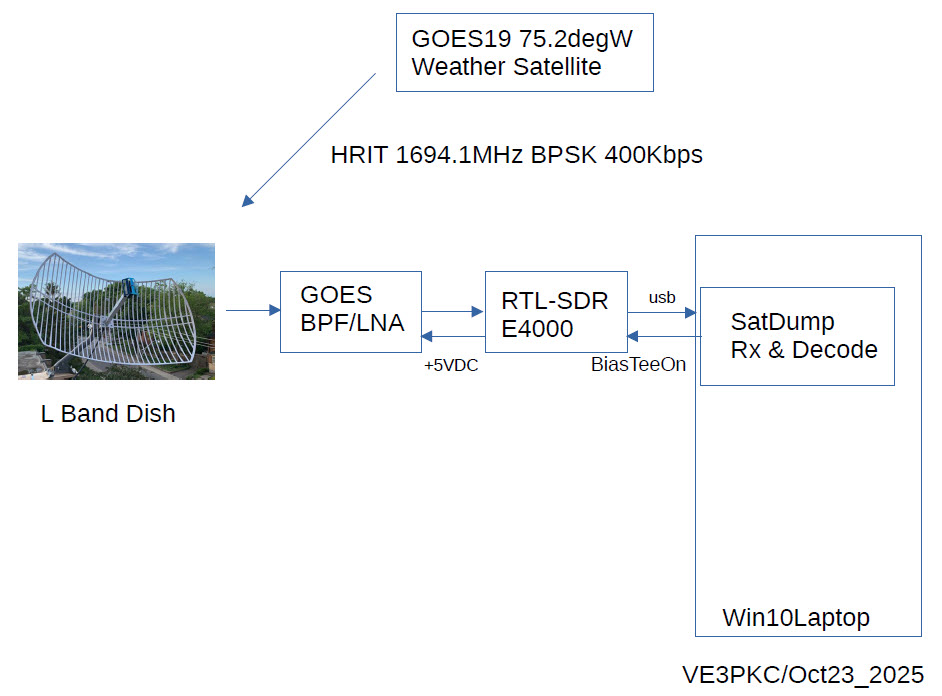
Figure 1 shows the equipment setup. An L band dish receives at 1694.1MHz and sends signals to a GOES BPF/LNA and then to an E4000 RTL-SDR. Previously I received using SDR#, in this post I received & decoded directly with SatDump. SatDump requires some initial setup which I show in the YouTube video. In Settings, you have to enter your Latitude/Longitude and update the TLE files over an internet connection. Also designate directories for processed receive files. Try to organize the reception area so you can manually adjust the dish while also looking at the SatDump display.
Signal Reception
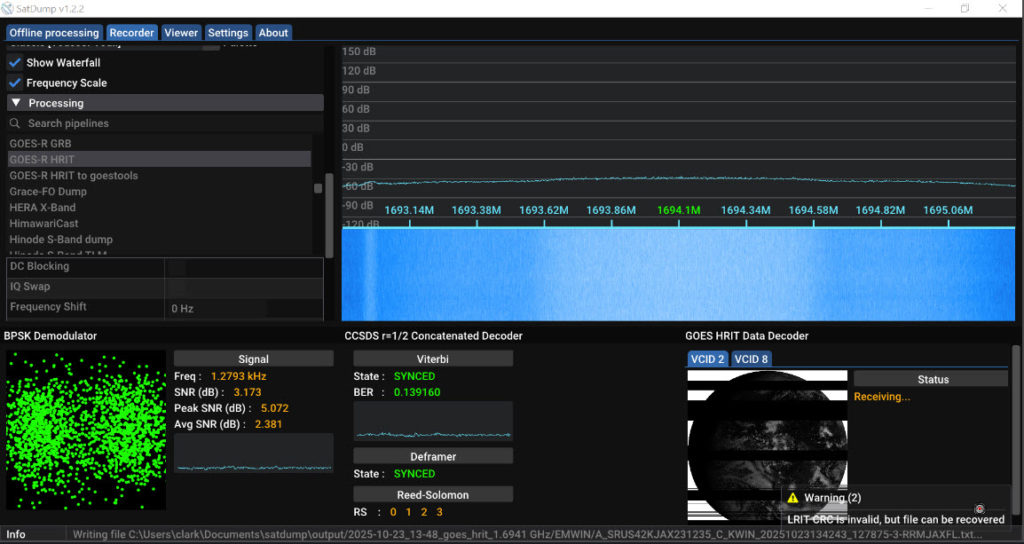
Figure 2 shows SatDump receing the GOES19 signal as well as decoding it. The dish is manually adjusted so that the Viterbi/Deframer are synced and the BPSK pattern is most distinct.
Image Capture
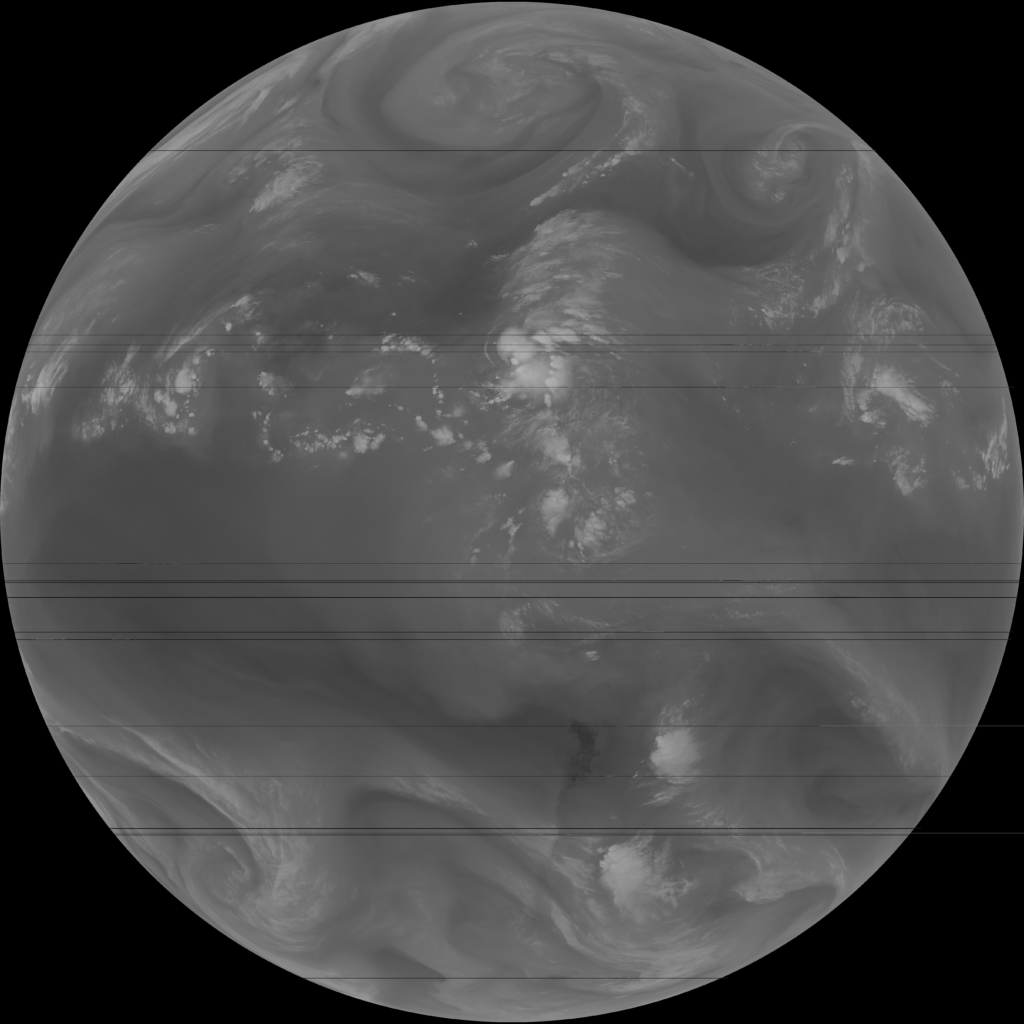
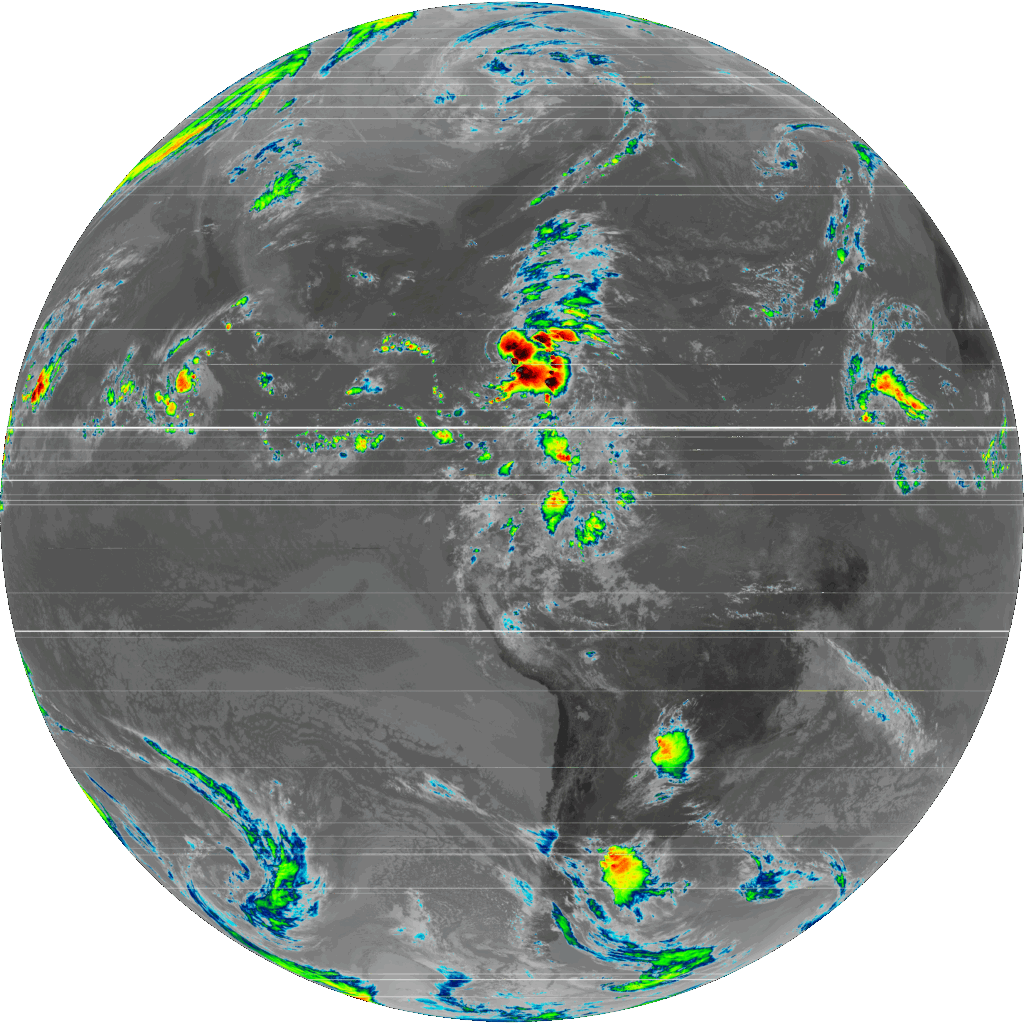
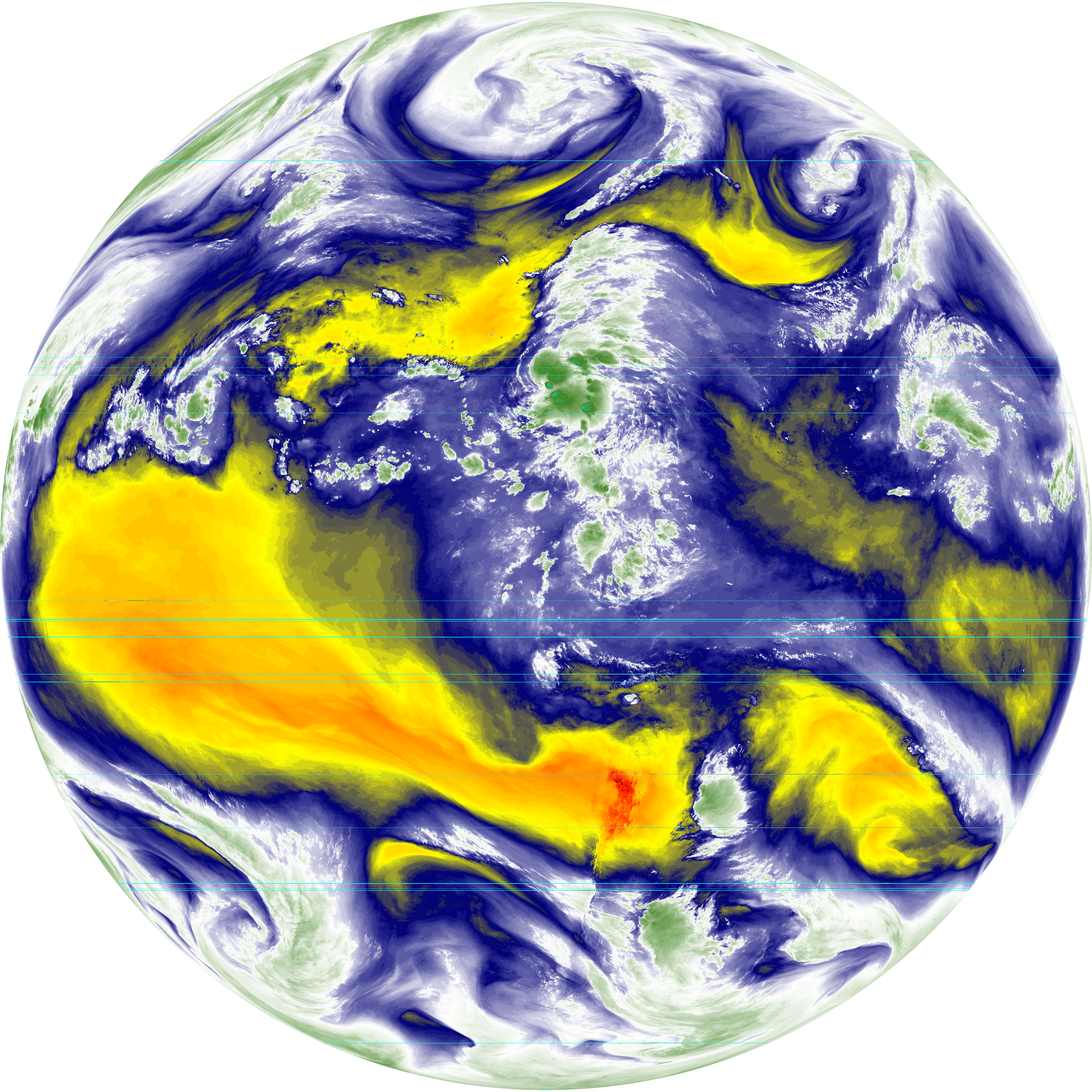
Figure 3 shows some of the images received over a 5 minute period with very few errors.
Please send your comments, questions and suggestions to:
contact:

References
#1. – “RTL-SDR for Satellite Weather – GOES16”
https://jeremyclark.ca/wp/telecom/rtl-sdr-for-satellite-weather-goes16/
#2. – “RTL-SDR for Satellite Weather on GOES16 – Image Capture”
https://jeremyclark.ca/wp/telecom/rtl-sdr-for-satellite-weather-on-goes16-image-capture/
#3. – “RTL-SDR for Satellite Weather on GOES16 – Signal Decoding”
https://jeremyclark.ca/wp/telecom/rtl-sdr-for-satellite-weather-on-goes16-signal-decoding/
#4. – “RTL-SDR for Satellite Weather on GOES16 – Signal Capture”
https://jeremyclark.ca/wp/telecom/rtl-sdr-for-satellite-weather-on-goes16-signal-capture/
#5. – “RTL-SDR for Satellite Weather on GOES16 – Planning”
https://jeremyclark.ca/wp/telecom/rtl-sdr-for-satellite-weather-on-goes16-planning/
#6. – “RTL-SDR GOES16/17 Reception Tutorial”
https://www.rtl-sdr.com/rtl-sdr-com-goes-16-17-and-gk-2a-weather-satellite-reception-comprehensive-tutorial/
#7. – “Receive GOES16/17 with RaspberryPi and RTL-SDR”
https://gist.github.com/lxe/c1756ca659c3b78414149a3ea723eae2#file-goes16-rtlsdr-md
#8. – “Geostationary Operational Environmental Satellites (GOES) – R Series”
https://www.ncei.noaa.gov/products/satellite/goes-r
